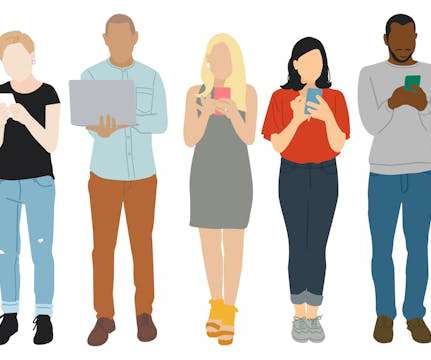DEI in action: eSN Innovation Roundtable
eSchool News
MARCH 13, 2024
What do they look like in terms of the active participation of teachers and students? Most of these homes don’t have internet, so now you have another problem, because it’s very expensive. Through one of our internet providers, families can also get internet access for $10 per month. AR: [One of the U.S.













Let's personalize your content